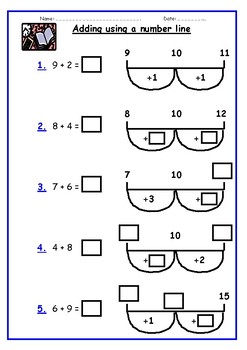Sunflowers, Buttercups and Daisies
Continue to practise reading and writing your common words as last week, see common words post from last week, tick and colour links. This week’s new words are:
who after hand right
SAY, COVER, WRITE and CHECK.
Fancy spell
Find them in your own books at home
Make up sentences e.g. Who are you talking to on the phone?
Poppies
Practise all the common words you have been taught so far.





